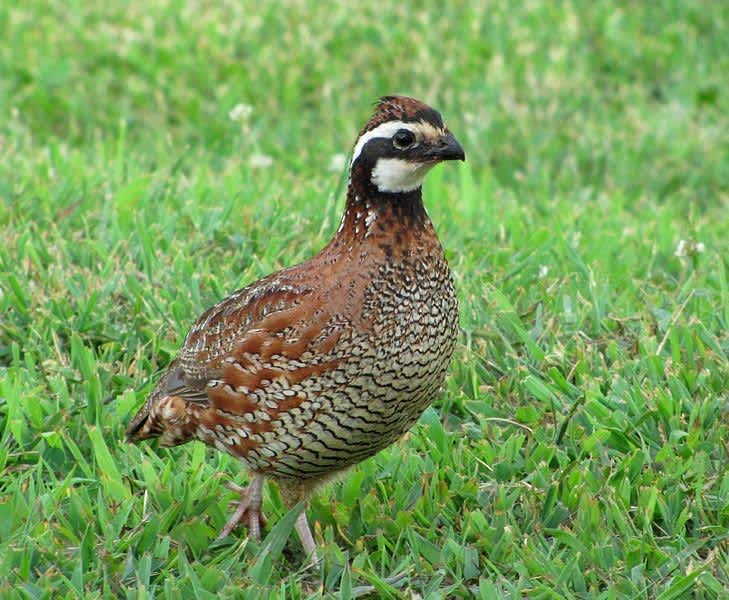Are Feral Hogs the Next Big Threat for Bobwhite Quail?
OutdoorHub Reporters 05.02.16

There’s a common saying in Texas: either you have feral pigs on your property, or you’re about to. These wild, destructive creatures are a fact of life in Texas, which has about half the total feral hog population in the United States. They’re dirty, cause millions of dollars in damages to local agriculture, and compete with native species for food and space. Scientists have already documented a significant impact on ground-nesting birds and reptiles, and hogs have even been seen eating larger animals like whitetail deer and turkey. Now researchers at Texas A&M are currently studying just how much damage the swine can do to the already vulnerable Bobwhite quail.
“Wild pigs are known to eat the eggs of ground-nesting birds, but whether they impact wild quail populations is unknown,” said Dr. Susan Cooper, a natural resource ecologist at Texas A&M, in a press release from the university.
Feral pigs will greedily gobble down quail eggs when they can find them, and researchers have documented time and time again that pigs will invade quail nests (both real ones and artificial ones set up by humans), but the question remains, does it have any real impact on the wider population?
Initial research shows that wild pigs and quail do not always share the same territory.
“There is a thermoregulatory requirement for wild pigs to stay near riparian areas because, like their domesticated relatives, they have no sweat glands and the water and cool ground in these locations help regulate their body temperature,” Cooper said.
However, quail generally avoided riparian areas during nesting season, preferring instead areas with deep, sandy soil. While the creeks and drainages of hog habitat may allow the pigs to reach the upland nesting area, researchers suspect that the hogs do not come into contact with quail during nesting season very much.
In short, the two animals only really come into contact briefly during early nesting season. That means fewer opportunities for the pigs to eat eggs and have an impact on the population.
Cooper says that additional research will shed more light on the interaction between the two species, but as always, the primary priority of conservationists and state officials is to decrease the hog population.

